I wrote the following essay around winter solstice, after feeling "clammed up" for the months preceding and following the election. Snow days last week offered me time to revise a bit . . .
Dear 2016: I have some regrets. It's not what you think, though--I am glad I voted for her.
My regrets stem from other, long ago choices. I won't say that I feel sorry, and calling them "regrets" may be imprecise. In many ways they were good choices, fitting who I was and always will be: a sensitive introvert who finds deepest connection to life and humanity in nature.
Still, the long-term, isolating effect of choosing to live in a small, homogeneous community of "back-to-the-landers" has troubled my mind of late, particularly given where we landed in 2016--the big WE, that is. This past year brought to light the consequences of my move, 32 years ago, to a 100-acre-wooded reserve in rural Piedmont NC with my partner and nine other families.
For one thing, it meant I could keep some distance between me and the busy, loud, often conflict-filled world. My expectation, back then, was that it would offer the time and space in which to think and write. Come to find, I did more of the former and less of the latter.
The truth is that I could have chosen to engage more consistently with the larger world. But I had convenient excuses: too much driving needed to get to events, gatherings, political actions (and of course I was against using much gasoline). My time was needed at home anyway: the chores of rural life, such as wood to cut and haul, gardens to weed, water lines to fix, house to build. My partner and I embraced a kind of voluntary simplicity, so although we had jobs, we didn't strive in the manner of people with serious careers. Our salaries reflected that fact, too. The natural extension of that choice was to limit expenses by doing most everything ourselves, and to restrain our travel ambitions, at least those requiring airfare. This, of course, had a further isolating effect.
Consider this: we rarely interacted with service people—that is, the regular, working-class folks who live in our larger community. One example: I viewed it as a big luxury when, a few years ago, I started paying someone to change the oil in my car!
I assumed that living with like-minded and -backgrounded people would feel easy, safe, and low-stress. And it has been all of these things--though, to our surprise, not consistently intimate. As it turned out, everyone likes their privacy. Some of us did pursue serious careers, and of course, there were aging parents and more to pull us away from our DIY community. Happily, though, we all know we will be there for each other when need arises--as it has many times: new babies (food, childcare), cancer (food, visits, transportation), ice storms (chainsaws), hurricanes (chainsaws), old age (food, visits). Painful transitions, too, have touched our community and pulled us together over 30-plus years, including that big transition: death.
Some of us are more connected to the folks that live beyond our 100 acres--nearby neighbors on the local back roads as well as residents of the town 5 miles away. Some participate in local boards and commissions or volunteer, as I do now. Still, I think we mostly "hang with our tribe."
Is it true that Election 2016 taught us that we need to overcome our tribal tendencies and wade into the waters of other lives? I certainly recognize that my White privilege gave me the freedom to make this lifestyle choice. I had the backing of my parents--themselves upwardly mobile children of immigrants--when my partner and I purchased the land, and then again when we wanted to send our daughter to a Quaker school. Privilege is the water I swim in, I cannot deny it.
Others are more eloquent than I in analyzing where we Americans have miserably strayed in recent decades and what we must do to make a better nation and world. I know that something feels askew as I sit here on a winter day, free and essentially without a care on this peaceful land.
I have immersed myself for more than 30 years in the restorative beauty of this place, not so far in miles but far in other ways from the madding crowd. Here are the questions that now arise: How can I care more about others' well-being? Where am I needed? Difficult questions, indeed, for an introvert! For all I know, the answers involve going further inward before stepping out. But I am glad to be at least asking them.
Dear 2016: I have some regrets. It's not what you think, though--I am glad I voted for her.
My regrets stem from other, long ago choices. I won't say that I feel sorry, and calling them "regrets" may be imprecise. In many ways they were good choices, fitting who I was and always will be: a sensitive introvert who finds deepest connection to life and humanity in nature.
Still, the long-term, isolating effect of choosing to live in a small, homogeneous community of "back-to-the-landers" has troubled my mind of late, particularly given where we landed in 2016--the big WE, that is. This past year brought to light the consequences of my move, 32 years ago, to a 100-acre-wooded reserve in rural Piedmont NC with my partner and nine other families.
For one thing, it meant I could keep some distance between me and the busy, loud, often conflict-filled world. My expectation, back then, was that it would offer the time and space in which to think and write. Come to find, I did more of the former and less of the latter.
The truth is that I could have chosen to engage more consistently with the larger world. But I had convenient excuses: too much driving needed to get to events, gatherings, political actions (and of course I was against using much gasoline). My time was needed at home anyway: the chores of rural life, such as wood to cut and haul, gardens to weed, water lines to fix, house to build. My partner and I embraced a kind of voluntary simplicity, so although we had jobs, we didn't strive in the manner of people with serious careers. Our salaries reflected that fact, too. The natural extension of that choice was to limit expenses by doing most everything ourselves, and to restrain our travel ambitions, at least those requiring airfare. This, of course, had a further isolating effect.
Consider this: we rarely interacted with service people—that is, the regular, working-class folks who live in our larger community. One example: I viewed it as a big luxury when, a few years ago, I started paying someone to change the oil in my car!
I assumed that living with like-minded and -backgrounded people would feel easy, safe, and low-stress. And it has been all of these things--though, to our surprise, not consistently intimate. As it turned out, everyone likes their privacy. Some of us did pursue serious careers, and of course, there were aging parents and more to pull us away from our DIY community. Happily, though, we all know we will be there for each other when need arises--as it has many times: new babies (food, childcare), cancer (food, visits, transportation), ice storms (chainsaws), hurricanes (chainsaws), old age (food, visits). Painful transitions, too, have touched our community and pulled us together over 30-plus years, including that big transition: death.
Some of us are more connected to the folks that live beyond our 100 acres--nearby neighbors on the local back roads as well as residents of the town 5 miles away. Some participate in local boards and commissions or volunteer, as I do now. Still, I think we mostly "hang with our tribe."
Is it true that Election 2016 taught us that we need to overcome our tribal tendencies and wade into the waters of other lives? I certainly recognize that my White privilege gave me the freedom to make this lifestyle choice. I had the backing of my parents--themselves upwardly mobile children of immigrants--when my partner and I purchased the land, and then again when we wanted to send our daughter to a Quaker school. Privilege is the water I swim in, I cannot deny it.
Others are more eloquent than I in analyzing where we Americans have miserably strayed in recent decades and what we must do to make a better nation and world. I know that something feels askew as I sit here on a winter day, free and essentially without a care on this peaceful land.
I have immersed myself for more than 30 years in the restorative beauty of this place, not so far in miles but far in other ways from the madding crowd. Here are the questions that now arise: How can I care more about others' well-being? Where am I needed? Difficult questions, indeed, for an introvert! For all I know, the answers involve going further inward before stepping out. But I am glad to be at least asking them.
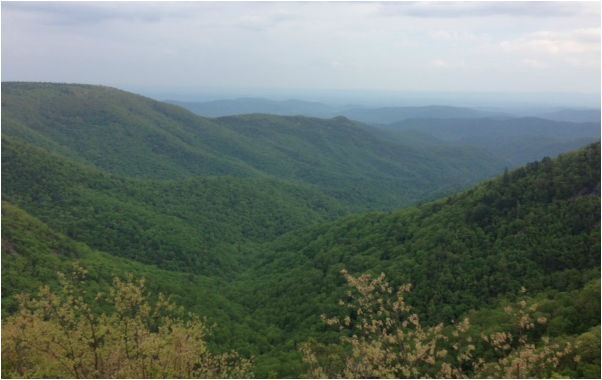
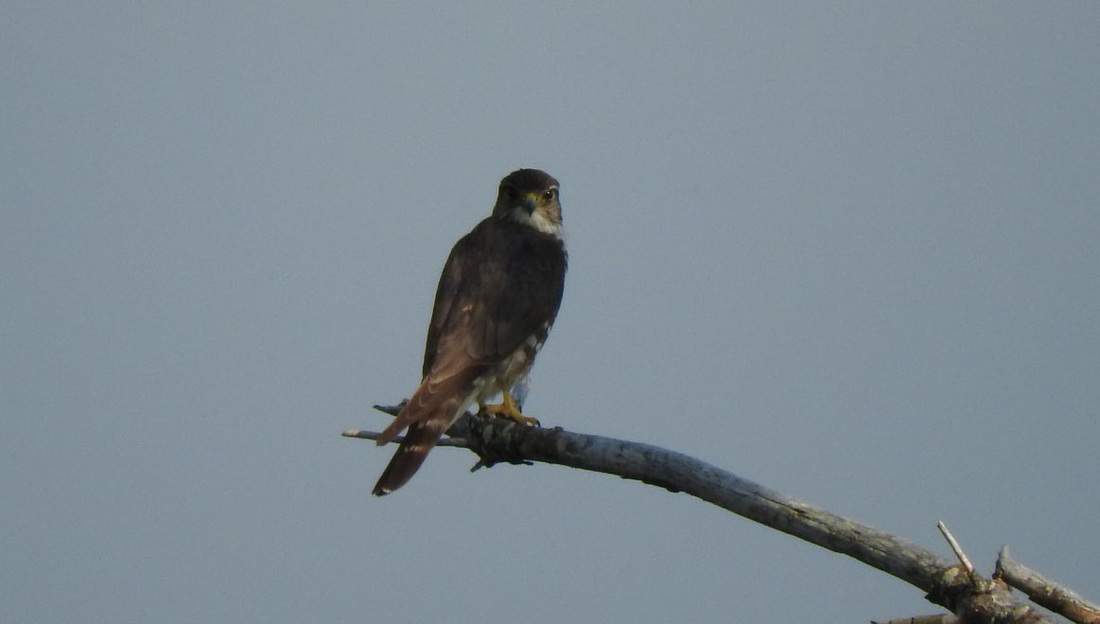
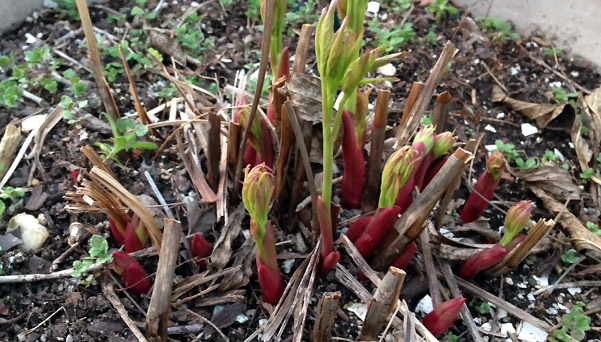
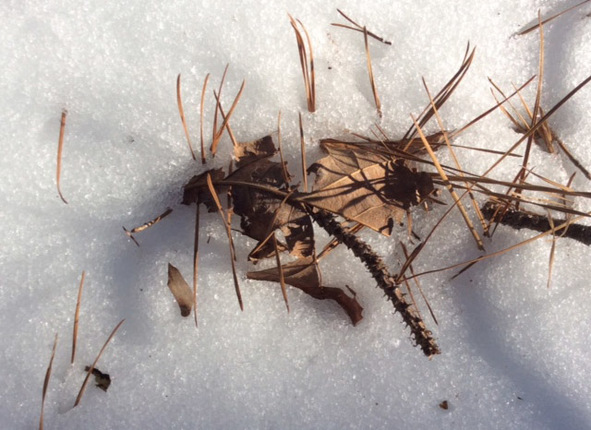
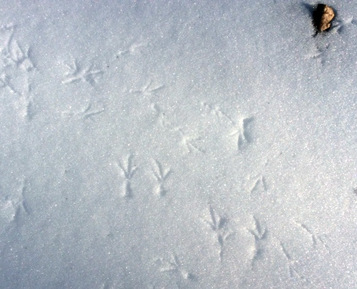
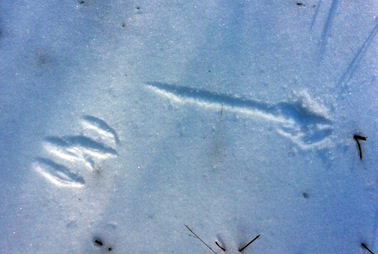
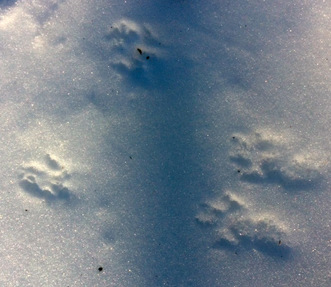
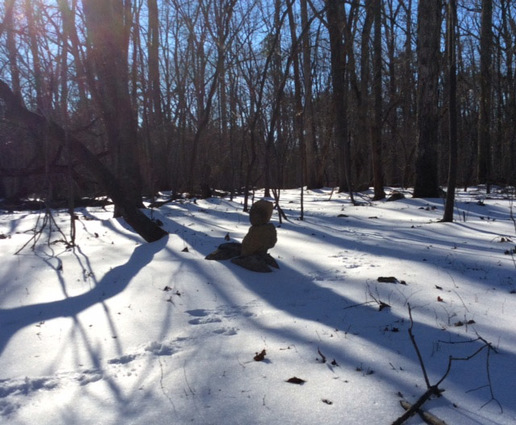
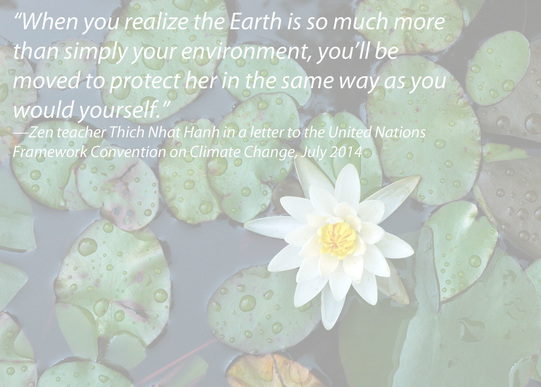
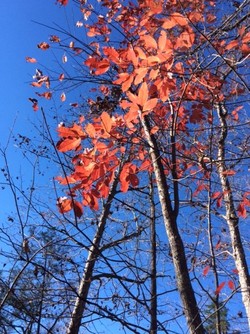
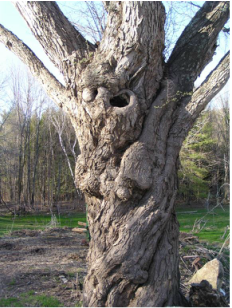
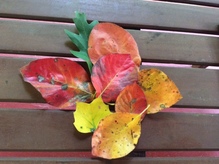
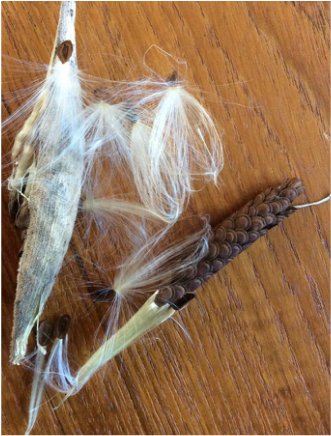
 RSS Feed
RSS Feed
